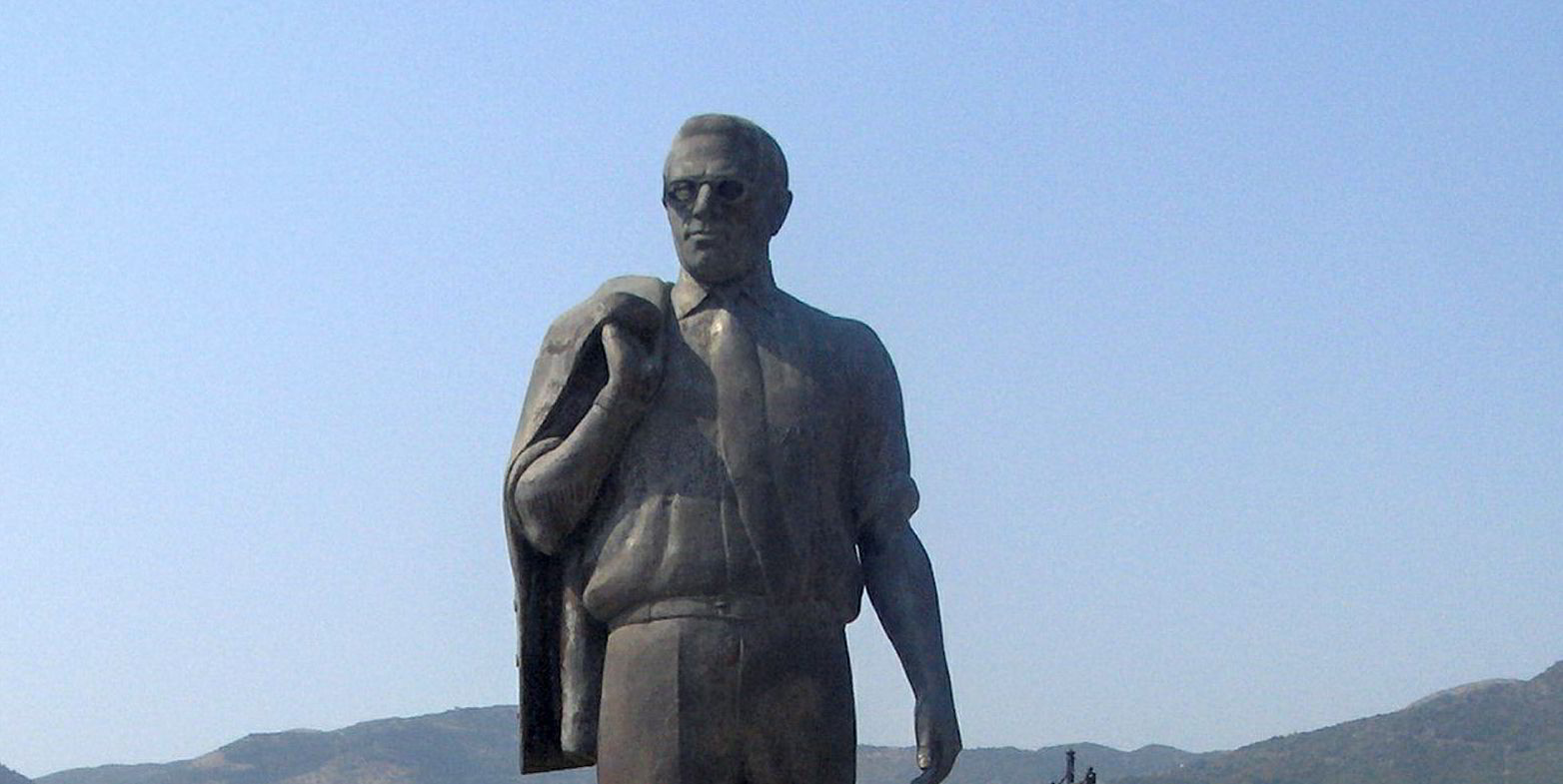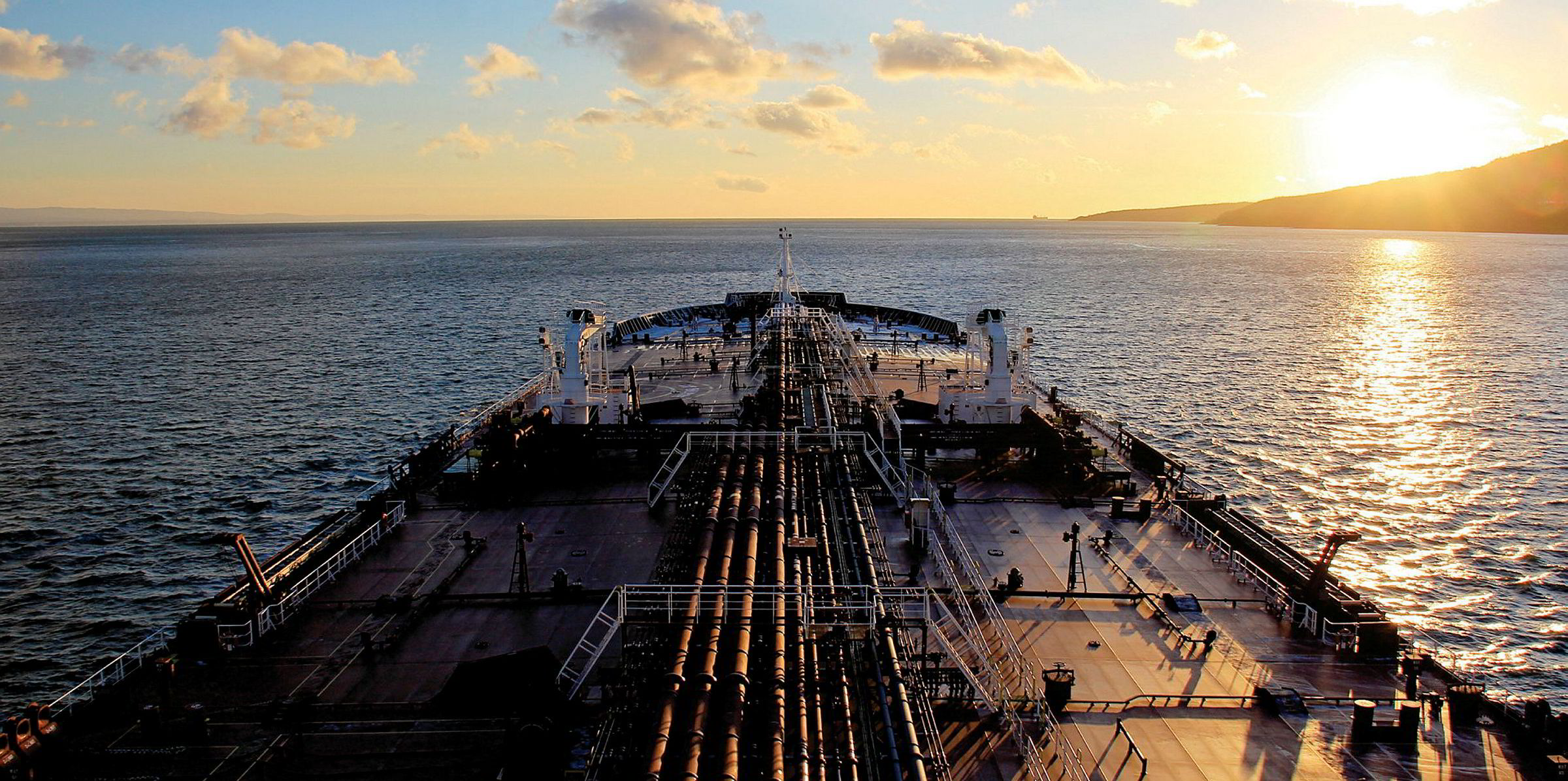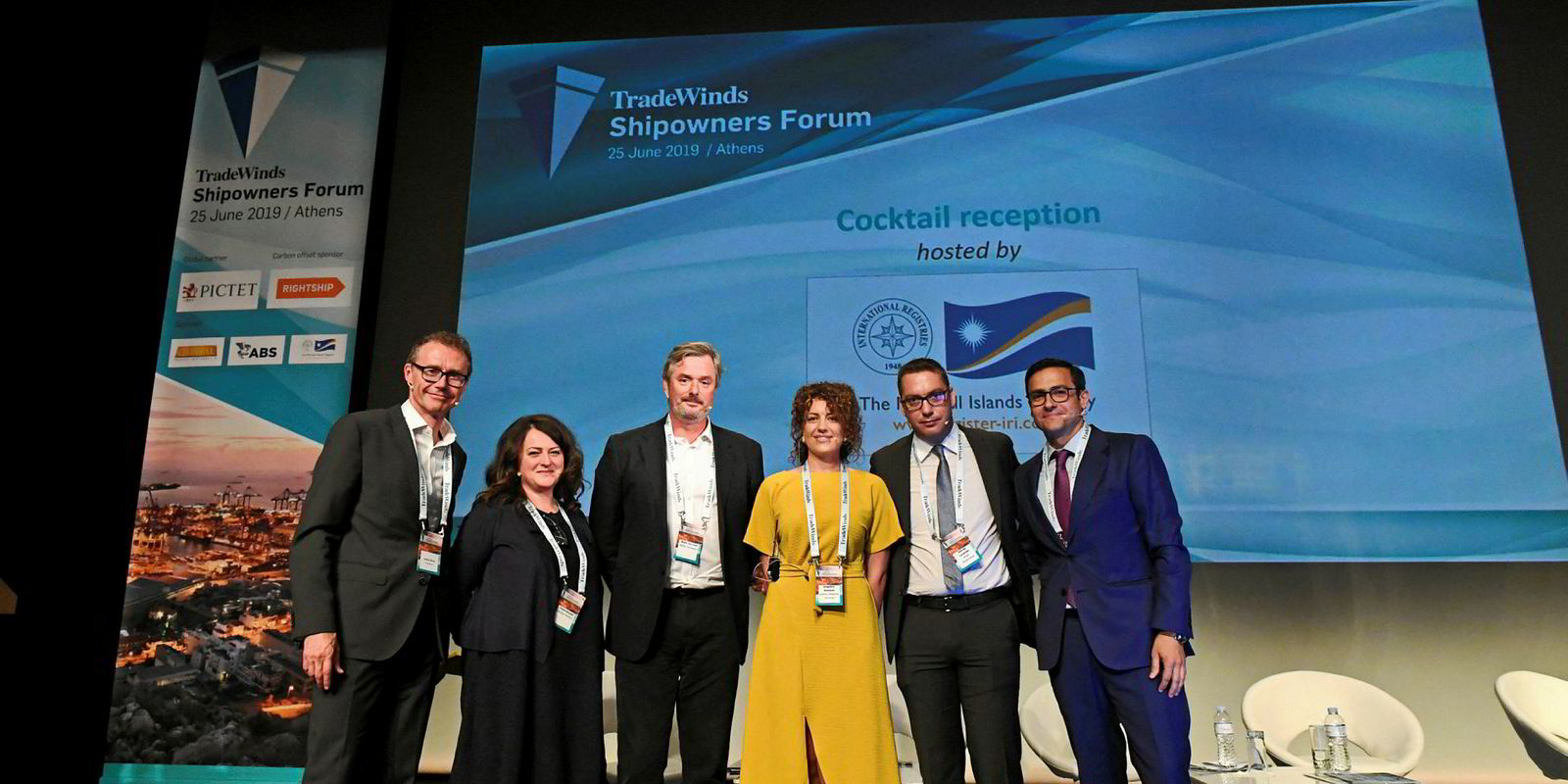Opec’s decision to keep the world’s key oil taps turned down has delivered a blow to tanker owners but offered welcome news to the oil market.
The world’s leading oil producers have agreed to keep present restrictions in place for a further nine months with tighter compliance expected amid an effort to reduce inventories.
Ole-Rikard Hammer, senior oil and tanker market analyst at Arctic Securities, said the Opec call would delay a recovery in tankers but was "not as bad as it sounds".
“The tanker market will continue to struggle under the combination of extended Opec cuts and weak Asian refinery margins,” he said.
“As long as oil demand is growing, however, and we remain confident that it is, the refining cycle will do its work and eventually produce positive margins, which in turn will increase the need for more imports.
“Longer term, a continued stressed margin environment would put pressure on Europe’s refining base at the expense of Asia, ultimately shifting crude supply to longer haul.”
Opec will keep the present restrictions in place until March 2020, with the move understood to have held wide support among key oil ministers.
Hammer says the key news from the meeting was the official targeting of inventories to return to the 2010-2104 range. He believes this could imply greater confidence in oil market fundamentals.
Clarksons Platou Securities analysts led by Frode Morkedal said the inventory level could probably support oil prices at $90 to $100 per barrel, based on the historical relationship between price and inventory levels.
"We see the target as a long-term rather than a short term goal and we expect Opec to maintain current output and hence see no change to our tanker market thesis," the analysts said.
Opec cuts have been providing a headwind for the tanker market this year, with the cartel’s policy restricting flow at the same time as politics was impeding cargo from Venezuela and Iran.
Analysts at Jefferies say eco VLCCs averaged $22,000 per day in the second quarter, down from $35,000 per day in the opening three months of the year.
However, other factors outside of Opec are at play to help seed improvements in rates.
“We believe the sector will firm in coming months as refinery capacity and throughput grows, exports from the US and Brazil continue to climb, and IMO 2020 spurs on new trade routes starting in 2H19,” said analyst Randy Giveans.
“Geopolitical tensions in the Middle East may also contribute to higher rates as owners demand a risk-premium to offset increased insurance expenses following the recent attacks near the Strait of Hormuz.”






